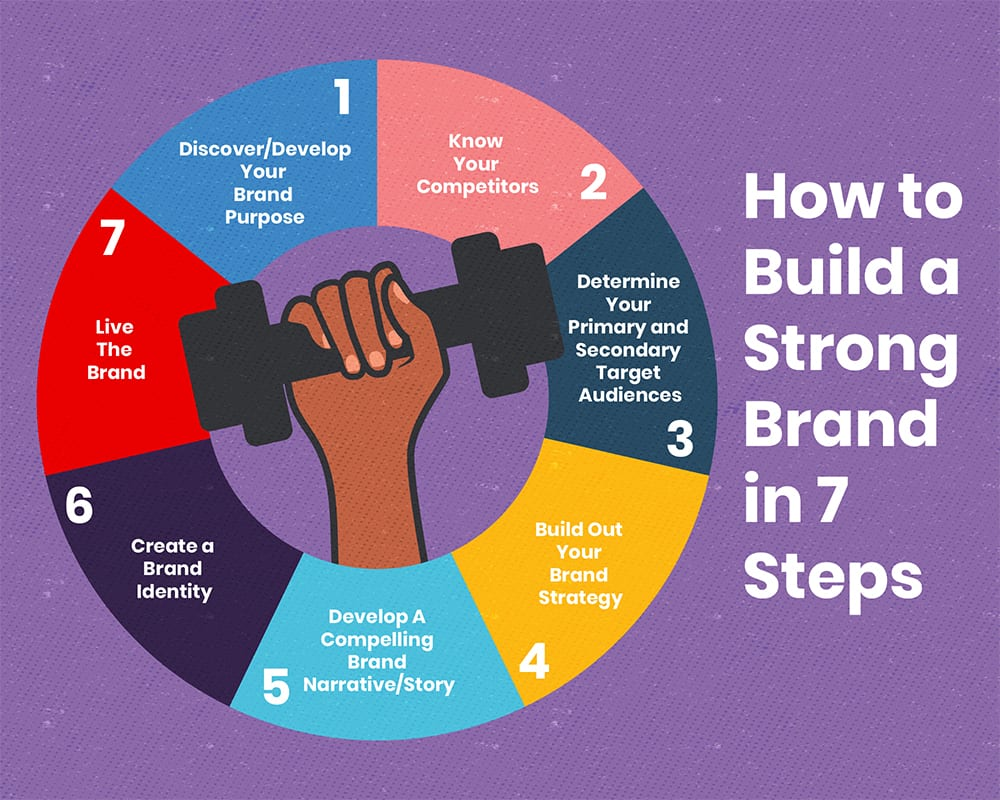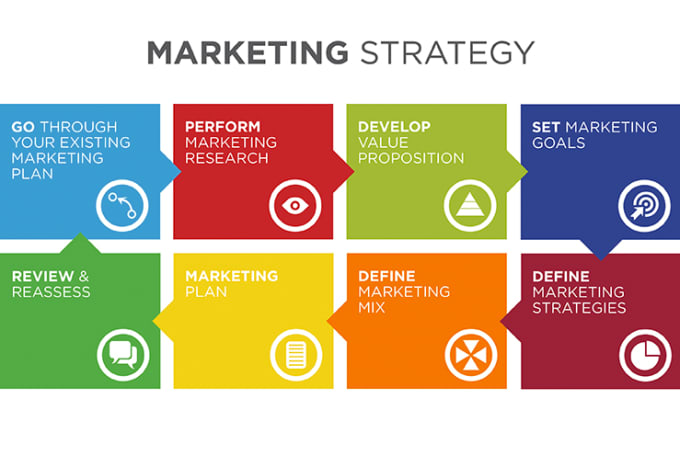How to Start an E-commerce Business in 2022 (Steps + Must-Follow Tips)

Table of Contents
- What is an E-commerce Business?
- Why Starting an E-commerce Business in 2022 is a Good Idea
- How to Start an E-commerce Business?
- Tips For Starting an Online Business
- E-commerce Business Market Statistics
- The Future of E-commerce
- Key Takeaways
- Conclusion
- FAQs
The e-commerce industry is one of the fastest-growing sectors in India presently. Giants like Amazon have already set deep roots in the playfield, and new-age startups like Cityfurnish are bringing refreshing ideas to the e-commerce market. Based on the current industry trends, starting an e-commerce site seems to be a solid business plan. But aspirations alone can’t help you succeed in this hyper-competitive market. You’ll need to gain deep insights into the market and understand the basic success mantras. This thorough guide will tell you how to start an e-commerce business in 2022. We will also delve into the basics of e-commerce, its viability, business tips, and industry trends. In the end, you will have a holistic overview of the entire e-commerce landscape in India. Let’s begin by understanding the basics.
What is an E-commerce Business?
E-commerce offers a platform for different stakeholders (customers, retailers, manufacturers) across the supply chain. Simply put, it’s an online marketplace where goods or services are bought and sold. Some known examples of e-commerce businesses are Amazon, Myntra, Indiamart, Cars24, Cityfurnish, and OLX. You can take inspiration from these on how to start a successful e-commerce business.
E-commerce business models can be of many types, depending upon the people dealing on the platforms. Some common ones are:
- B2B: Businesses sell to other businesses (Indiamart)
- B2C: Businesses sell to customers (Amazon)
- C2C: Customers sell to other customers (OLX)
- C2B: Customers sell to businesses (Upwork)

Why Starting an E-commerce Business in 2022 is a Good Idea
Before you ponder how to start your e-commerce business, first understand why it is even a good idea. Here are some valid reasons:
Low investment
Unlike several other business models, you don’t need to invest in physical infrastructure. It also saves additional maintenance costs like rent, inventory, store upkeep, etc. This brings down the cost of starting a business.
Variety of products/service
E-commerce sites offer a wide variety of products and services in one place. That makes it quite attractive for buyers and sellers alike. While customers enjoy the freedom of multiple choices, sellers like high traffic on such sites.
No geographical limitations
Unlike brick and mortar stores, e-commerce businesses have no limit on geographical reach. With an efficient delivery system, anyone from anywhere can buy products from your site. Thus, there are endless opportunities for revenue.
Faster buying process
E-commerce sites save people the time and effort of going to nearby markets. They can quickly browse through a catalog of products in one window. The payment process is also relatively fast and efficient. Sellers also like the approach since it leaves no room for negotiation. Customers, on the other hand, like the discounts they get online.
How to Start an E-commerce Business?
Learn how to start an e-commerce business with this step-by-step guide.

Step 1: Do market research to find your niche
This is the first step of developing any business idea and is especially important in the case of an e-commerce business. Before you worry about getting started with e-commerce, you first have to answer some fundamental questions. The main one is – what are you going to sell on your e-commerce site?
Then there are questions about your revenue model, the kind of stakeholders involved, the delivery process, and your USPs. Once you have answered these questions, you will have a rough blueprint of your e-commerce site ready with you. You can go one step further and do some primary market research. You can survey your core customer base to check the feasibility of the business model. Once done, you can move on to further steps.
Step 2: Develop your product and/or service
This is another essential step that determines the overall customer experience with your product. As you finalize your core product/service, it’s time to decide the entire user journey on your e-commerce website. This includes envisioning the platform’s key features, layout, complementary services, and design. For example, if you are starting an e-commerce site for used books, ideate what the website would look like for every type of customer, what features it would include, and what kind of support you will provide to the customers. This will help you find your USP (unique selling point), which can later be used for branding.
Step 3: Name and file of your business
And here comes the most challenging part – squeezing the essence of your entire business into a name. The business name is extremely important as it determines how memorable, likable, and accessible your brand will be. You need to develop a unique name for the business to stand out.
Here are some things to note while choosing a business name:
- It should be unique (check your state department’s website to match against existing business names)
- It doesn’t entirely have to describe your business (Think ‘Apple’)
- It should be easy to pronounce
- It should have an available domain and social handles
Once you have decided on a name, file your business under the appropriate category (Ltd, Pvt, Pvt Ltd, Partnership, etc.) to the Registrar of Companies (ROC).
Step 4: Secure your domain and social media handles
The next crucial step in securing your website domain and social media handles. Decide what kind of domain extension (.com, .in, .shop, etc.) you want to keep. While naming your social media handles, keep the same username across all channels, if available. If, unfortunately, your domain name is not available, you can also try and buy it from existing users. But it’s indispensable if you want to know how to start an e-commerce website.
Step 5: Build your brand identity
Once you have all the tangible assets, focus on the intangible aspects of business formation. It’s crucial to know how to start an e-business in 2022. Your brand identity is what sets you apart from competitors and helps you create meaningful relationships with your customers. Delve into your business ideology and determine your vision, goal, and personality.
Imagine if your brand was a person; how would you want your customers to perceive it? What would its unique qualities, values, beliefs, strengths, and weaknesses be? Your brand identity would be a culmination of all these answers.

Step 6: Build your website and onboard partners
This is where you start making significant investments in your e-commerce business. Hire a website developer, a copywriter, a UX designer, and other experts to build the website of your dreams. Your website will be the sole service point between you and the customers. Once the website is ready, you can start onboarding sellers to the platform. The more merchants you have on your website, the better range of products you’ll be able to provide your customers.
Step 7: Develop a marketing strategy
You can’t learn how to start a successful e-commerce business without knowing how to market it. Create a marketing plan for your company on various social media channels. To begin with, you can utilize both digital and traditional channels to create the buzz around the brand. Early bird offers, paid partnerships, and influencer marketing should be key in the strategy.

Tips For Starting an Online Business
Now that you know how to start your e-commerce business, here are some helpful tips to kick-start your journey.
1. Create a strong customer support system
Since you have no physical evidence of your business and all interactions with customers taking place online, it’s important to ensure a smooth service experience for people. The trustworthiness of any online business lies in its customer support service. First, ensure that you provide enough resources and guides on the website to help customers through routine problems they face. Next, set up a dedicated customer support team to deal with any emergencies. Whether it is failed transactions or return issues, customers need their queries to be resolved as soon as possible.
2. Automate as much as you can
Once your business is up and running, you won’t have much time to dedicate to routine tasks. That’s why it’s essential to leverage technology and automate as many business processes as you can. This includes email workflows, removing out-of-stock products, creating complaint tickets, seller onboarding, sign-up process, etc. This will save your time and effort and provide your customers with an efficient service. The easier your site is to use, the better it will attract customers.
3. Multi-channel promotions
You should not depend on only one marketing channel to promote your website. Adopt a multi-channel promotional strategy to get the best return on marketing investment. You can begin by running campaigns on your social media handles. You can also collaborate with other websites in your space to promote your business. This includes affiliate marketing blogs and reviews of sites that direct customers to your business. To increase revenue, you can also list your products on several other online marketplaces (like Amazon).
4. Spend, but don’t splurge on ads
It can be enticing to spend a significant portion of your budget running ads. This is because advertisements bring instant results. However, your focus should be on building a brand image that will sustain you in the longer run. So invest more in building the core functionalities of your website. This will make your service experience better and attract word-of-mouth marketing opportunities. It will also help you retain your customers. Even if you invest in ads, make sure you diversify your ad channels. Invest both in digital and traditional media to attract various customers.
E-commerce Business Market Statistics
The guide on how to start an online e-commerce business is incomplete without understanding the market conditions in the industry. According to Grant Thornton, the e-commerce market in India is projected to reach $188 billion by 2025. And by the year 2030, this figure is expected to reach $350 billion.
This shows that the industry is growing by leaps and bounds every year. Even the pandemic did impact online e-commerce businesses much. Apart from minor delivery delays, consumer demand increased during the pandemic. India’s total e-commerce order volume saw an increase of 36% in the first quarter of 2020 itself. And the market is still growing at a rate of 5%. Now that the world is slowly recovering from that blow, the e-commerce industry is also jumping back into the game.
The Future of E-commerce
Given the ongoing advancement in technology, the online e-commerce industry is set to grow over time in infrastructure and business processes. The key trends to look out for are automation, improvement in delivery infrastructure, web 3.0, and AI. This emergence of new technologies will mean different things for different e-commerce businesses.
Automation is paving the way for faster, more efficient, and economical business processes. Drones are likely to be used to deliver products to customers. AI can be utilized to customize the virtual shopping experience as per consumers’ personal preferences. Similarly, what the metaverse will unfold for the online e-commerce shopping experience is yet a delightful mystery. That’s why it’s just the right time to learn how to start an e-commerce business.
Key Takeaways
- An e-commerce business model is one where buyers and sellers deal on one platform. It can be of various types – B2B, B2C, C2B, or C2C. You can easily learn how to start a successful e-commerce business.
- E-commerce business models are successful because they require low investment, offer a variety of products or services, have no geographical limitations, and make the buying process faster.
- The first step on how to start your e-commerce business is market research. This is followed by developing your core product or service to stand out from competitors.
- The next important step is coming up with a unique name and filing your business with relevant public authorities. It is done so that you can secure a unique domain name and usernames on social media handles.
- One of the most crucial steps includes forming your website and seller onboarding on the platform. This is followed by launching your brand with a creative marketing strategy.
- Some tips on how to start an e-business include: Focus on customer service, automation of routine tasks, multi-channel promotions of products, and judicial use of ad budget.
- The e-commerce industry continues to multiply and is expected to reach $350 billion by 2030. There will be many new technological advancements to be seen in the sector. Some of them include AI, automation, delivery infrastructure, and Web 3.0

Conclusion
That’s a wrap on how to start an e-commerce business that thrives. Remember that it is pretty easy to start with your business idea. But it is equally hard to survive the competition and sustain your company in the long run. To do so, you will need to create a strong brand identity and recognize your USP in the initial stages itself. You can learn the rest as you go! Need a theme for your commerce site? Check out the WordPress marketplace theme by Wbcom Designs.
FAQs
Yes, e-commerce is still a very profitable business model in 2022. The low investment and ease of digital access make it so.
Starting an e-commerce business involves several steps. The core ones are market research, developing your product, naming and registering the business, buying a domain, building a website, onboarding sellers, and launching the business.
Yes, the e-commerce industry is expected to grow by leaps and bounds. According to Grant Thornton, it will reach $188 billion by 2025. Numerous technological advancements will also aid the e-commerce industry.
The four types of e-Commerce businesses are B2B, B2C, C2B, and C2C. These business models are segregated based on the type of stakeholders who do business on your e-commerce platforms.
There are several advantages to doing e-commerce business. It includes low cost, wider geographical reach, wider product range, and smoother buying process.
Some common examples of e-businesses are Amazon, Myntra, Cityfurnish, OLX, Indiamart, Upwork, Flipkart, and Nykaa. There are many players in the industry catering to niche markets.
Latest Blogs
Explore how Google’s 2025 AI search updates triggered ranking chaos. Learn actionable strategies to adapt your SEO for AI Overviews, zero-click searches, and SERP volatility. Stay ahead now.
Learn how to rank on AI search engines like ChatGPT, Perplexity, and Gemini by optimizing your content for authority, structure, and relevance. Stay ahead in AI-driven search with this strategic guide.
Explore the best healthcare SEO services for your medical practice. Improve online visibility and effectively reach more patients in need of your services.
Get your hands on the latest news!
Similar Posts

B2C Marketing
5 mins read
Top Choices for Best Content Marketing Services in B2B Industries

Artificial Intelligence
5 mins read
How A Lead Generation Specialist Can Use AI-Powered Content Funnels to Drive Conversions

Artificial Intelligence
4 mins read